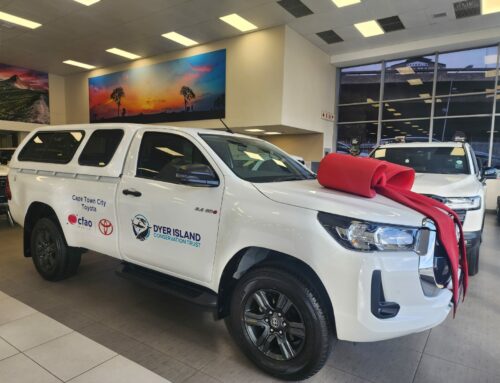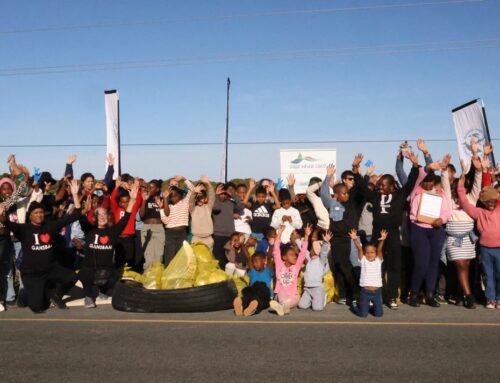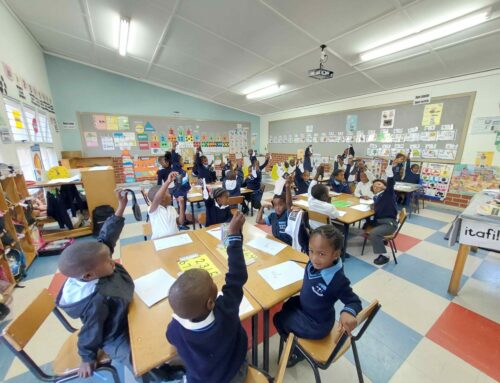Blog DICT: By Alison Towner
The third southern African Shark and Ray Symposium, hosted by Shark Spotters and the Save Our Seas Foundation, took place from the 6th-9th of September at the Blue Horizon estate in Simons Town. A record 114 delegates attended to discuss the latest research findings on cartilaginous fish species along the southern African coastline. Marine Dynamics biologist Kelly Baker and I were fortunate enough to attend the event and thoroughly enjoyed the large spectrum of talks covering a multitude of elasmobranch species!
The symposium began with some particularly interesting work presented on shark repellents, including the upkeep and maintenance of the exclusion net in Fish Hoek and the trials and tribulations of the electrical cable tested in Glencairn. It was apparent from this session that there are many things to consider when developing shark mitigation strategies, and that cost is only one small part of the story, particularly in the Cape of Storms! Charlene Da Silva from Department of Agriculture Forestry and Fisheries (DAFF) presented her talk titled ‘Iconic or delicious? Research towards management of shark fisheries in SA’. It was interesting to hear her discussions around long term data on various shark fisheries and what makes certain species more conducive to management plans than others. Charlene has recently published a paper on this in the latest edition of South African Journal of Marine Science. Dr Paul Cowley, South African Institute of Aquatic Biodiversity (SAIAB), presented an update on the oceanographic tracking network, an acoustic tagging platform spanning the southern African coastline. He gave some fascinating insights into the large scale movements of several species including white, Tiger and Bull sharks. Dr Alison Kock presented results on white shark habitat use, including factors affecting their predatory behavior at Seal Island False Bay. The models she used showed that time of day and seasonality were the most significant factors yet interestingly chumming and shark size were not.
What really stood out at this symposium was that other species of elasmobranchs are finally starting to gain real research traction, with some excellent talks given by local students. Further emphasis needs to be placed on the less iconic species as highlighted by Katy Gledhill from the South African Shark Conservancy (SASC). Two brilliant presentations were given on endemic catshark species, namely on their distribution and diet, by students from the university of the Western Cape. Fascinating data on Sevengill cow shark distribution and diet was presented from University of Cape Town students, along with Smooth hammerhead genetics by Gibbs Kuguru, University of Stellenbosch, (who went on to win best student presentation). There was even a talk on very rare sawfish populations from the East Coast of Africa.
The symposium talks closed with a presentation honouring the career of Dr Malcolm Smale who received the award for a significant contribution to cartilaginous fish research. Dr. Smale, who retired from his role as head of research at Bayworld Aquarium in May, has contributed over 100 peer reviewed publications and popular articles and has been a key player in shark science outputs from South Africa for over 30 years. Malcolm has co-supervised my research, along with many other students since 2010. We were lucky enough to steal him for a visit in Gansbaai the weekend prior to the symposium. He gave a wonderfully informative talk to our International Marine Volunteers (IMV) and students from the South African Shark Conservancy (SASC) on long term Ragged tooth shark distribution in SA. The talk was held at our African Penguin and Seabird Sanctuary center (APSS).
The final day of the symposium ended with workshops on shark handling and interactive photo ID archiving. All in all, the conference was a huge success. It was so refreshing to see the turnout of local shark science students and the emphasis on a broad diversity of species. Thanks are extended to the organisers, Shark Spotters and Save Our Seas Foundation, and I feel extremely excited about the outcomes for southern African chondricthyian research in the future! We very much look forward to the fourth SASARS in 2017!
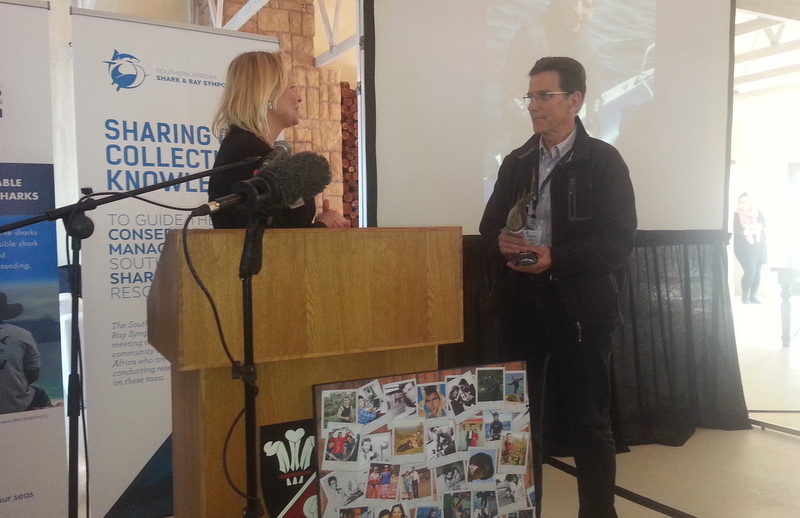 Alison Kock presenting Malcolm Smale award
Alison Kock presenting Malcolm Smale award
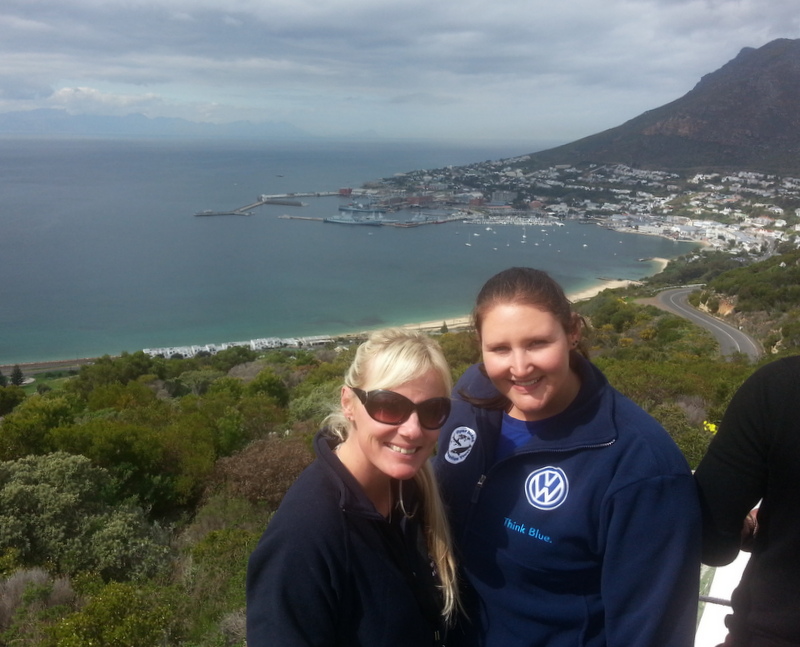 Alison Towner and Kelly Baker at SASR
Alison Towner and Kelly Baker at SASR
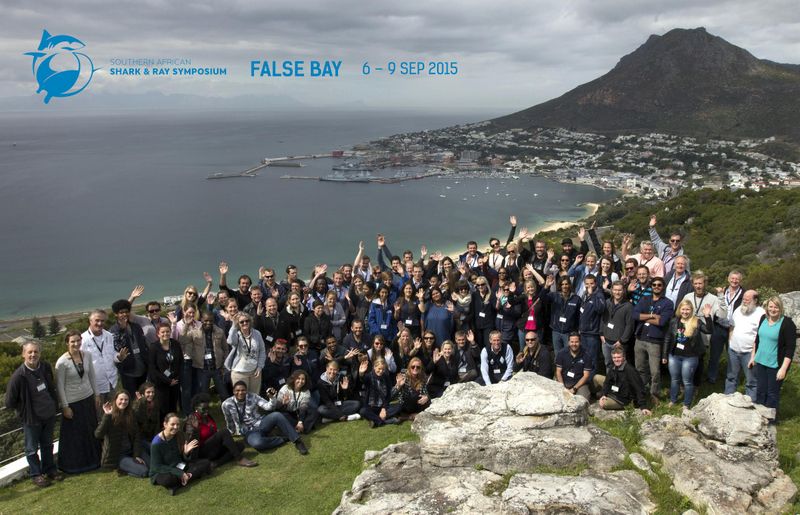 SASR Group Photo
SASR Group Photo


